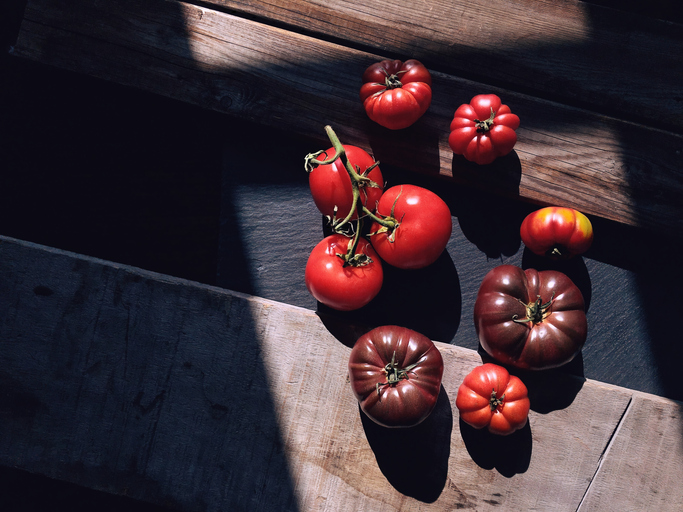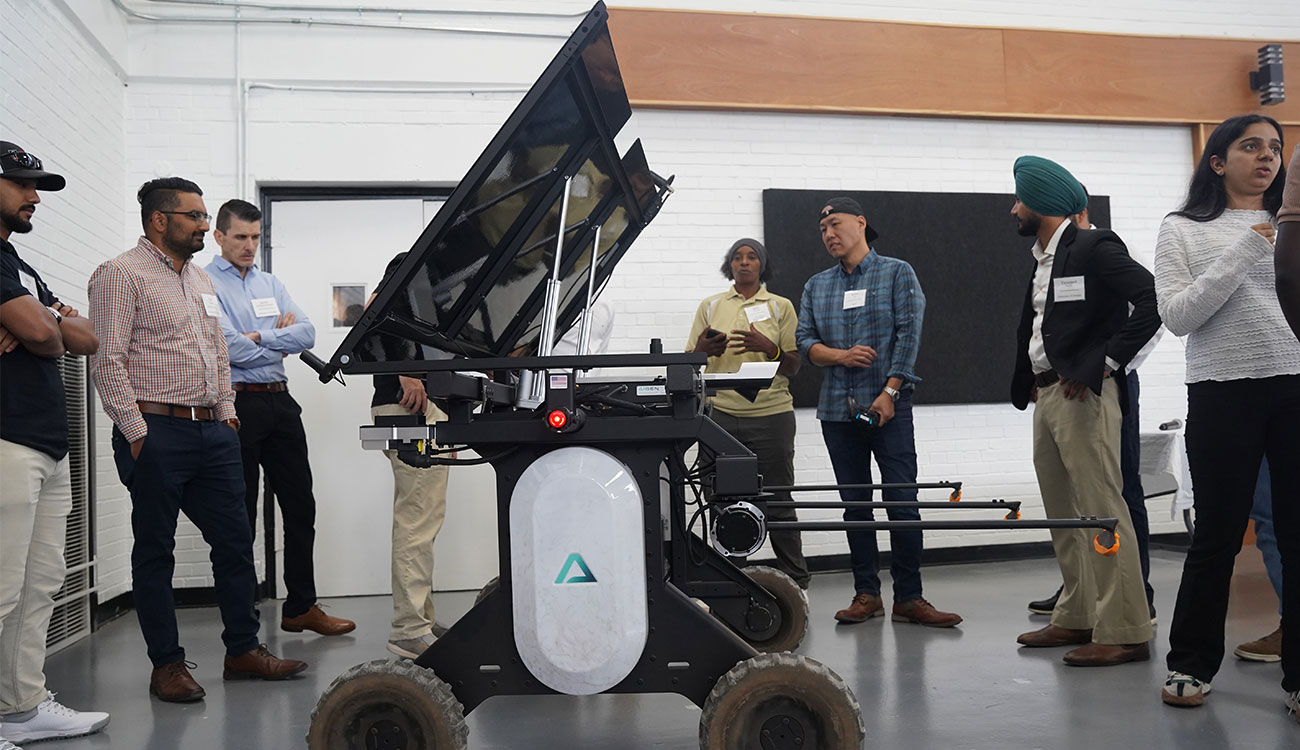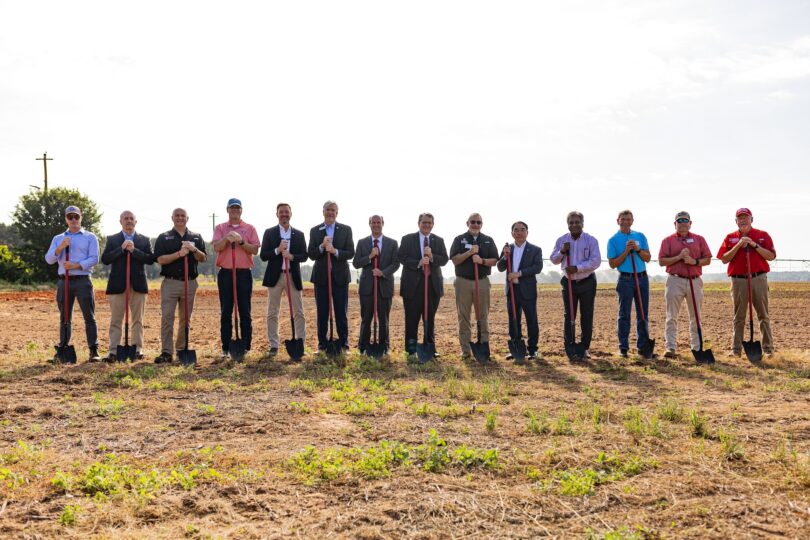Georgia farmers haven't given up yet on their 1997 cotton and soybean crops. But unrelenting fall and now winter rains are taking their toll. University of Georgia agricultural scientists say many fields will never be picked.
"I've seen pickers and planters running in the same field before. We might see that again this year," said Phillip Roberts, an entomologist with the UGA College of Agricultural and Environmental Sciences.
But the Georgia Agricultural Statistics Service has revised its harvested-acreage estimates for both cotton and soybeans.
The new estimates allow for 10,000 cotton acres and 20,000 soybean acres to be abandoned unharvested, said crops statistician Jerry Midden. Both figures double earlier estimates.
UGA economists say the figures represent $8 million in lost income to the state's farmers -- $5.5 million for cotton and $2.5 million for soybeans. As painful as those figures are, they only add insult to the greater injuries from the soaking rains.
The steady rains have pulled some lint out of the bolls onto the ground. It has stained much of the rest, causing price deductions for the quality loss. Over the state's 1.44 million acres of cotton, yield and quality losses may amount to as much as $200 million.
"The latest (U.S. Department of Agriculture) estimates put our yield at 638 pounds per acre," said UGA economist Don Shurley. "That's about 100 pounds lower than earlier estimates."
Steve Brown, a UGA Extension Service cotton specialist, said the state cotton harvest stands at 1.85 million bales.
"We don't know how many more are out there, but I think we'll probably reach 1.9 million," he said. "Folks are still out there fighting to get it in."
Harvesting what's left, though, won't be easy.
"The main problem since early November is just that the fields are too wet to support the harvest equipment," he said. "Since Sept. 25, most of the cotton-growing areas have had 40 inches of rain. And they've seldom had three or four straight open days during that whole time."
When the unseasonal rains began, Brown said, the cotton harvest had been in full swing for less than a week.
"If the rains had started just a week later than they did," he said, "the picture now would have been much prettier. As it is, there are still several thousand bales out there."
With each bale worth $200 to $300 even at the lower-quality prices, farmers are struggling to keep the harvest going.
"We've still got some good cotton out there," Brown said. "And farmers are doing everything they can to get it out of their fields."






